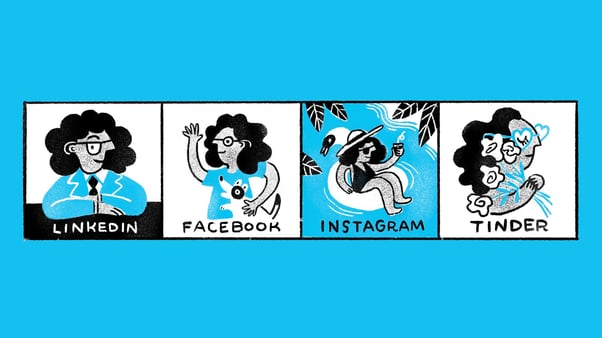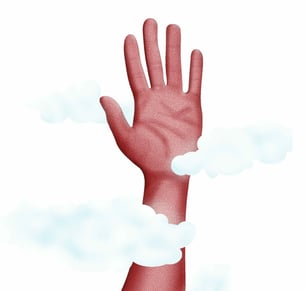Developing Your True Voice
Determining your brand voice is the ever-important act of choosing the attitude and personality you want to convey when you communicate.

Many brands have trouble sticking to one, core brand voice because they get caught up in trying to communicate with disparate audiences—when, really, staying core to who you are is key to attracting the right people.
Similar to a person, a brand should have a distinct voice, but you can shift your tone based on the context.
For example, you probably don’t talk the same on Facebook as you do on LinkedIn because the purpose and audience is vastly different. Most of us shift the way we present ourselves from one platform to the other, but usually that shift is relatively slight. Otherwise, you risk coming off inauthentic and potentially duplicitous. This goes for brands as well—your tone shift should not counteract or conflict with your core personality.
What this means for a brand is that it’s extremely important to first identify your core characteristics, or way of speaking, and then decide which applications require a tonal shift and what that looks like.
For example, we typically give brands 5 or so brand voice attributes. Say those attributes are professional, conversational, sincere, bold, and succinct. We like to give brands a vocal range so they have flexibility when they communicate with different audiences, and it’s easy to see that some of these attributes work better in certain contexts—like bold and conversational. These characteristics shine when your purpose is to engage people and your audience is expecting a more casual interaction, like social media, your website or internal culture applications. On the other hand, functional or sales-related communications might require a more buttoned up and less expressive exchange of words. In one area, you might tune up your bold and conversational characteristics and in the other area, you might tune up your professional and sincere side.
The key is having guardrails in place to indicate when the boldness has crossed the line of professionalism or when your professionalism has taken you into a place that lacks truth or brevity.
The best guardrails are clear directives that allow writers to understand how to achieve the appropriate voice and tone for each context.
They look something like this:
Professional but not Dry
Conversational but not Juvenile
Sincere but not Profound
Bold but not Aggressive
Succinct but not Flippant
Once you’ve determined your guardrails, you should next consider different applications or audiences. This is especially crucial when you have ten different audiences you need to reach: how can you stay core to who you are, yet also relate to each audience group?
You have to first know your audiences, their mindset and what they’re looking for—and also what you want from them in return.
If your audience desires a compelling story, and you’re looking for increased engagement, you tune up the conversational side to bring them in and get them to respond. If you’re talking to donors and they need to trust that you’re going to spend their money wisely, you tune up sincerity and professionalism in your words. If it’s authority or a rally cry your audience is looking for, you tune up the bold side of your personality. You have to think about each context and what will authentically meet the needs of your customers or followers, while also meeting your specific goals.
The way you say something as a brand defines a lot about you, and leaves an impression with your audience. A lot of brands tend to skip defining their core characteristics and just start communicating—all at once, without any focus or direction. The problem is that you end up sounding fractured, disconnected and inauthentic if you don’t remain consistent with how you speak and present yourself in a consistent and cohesive way. Tonal shifts allow for a larger reach and more flexibility, but you can’t stray too far from your core or your audience will sniff you out and call you fake.




